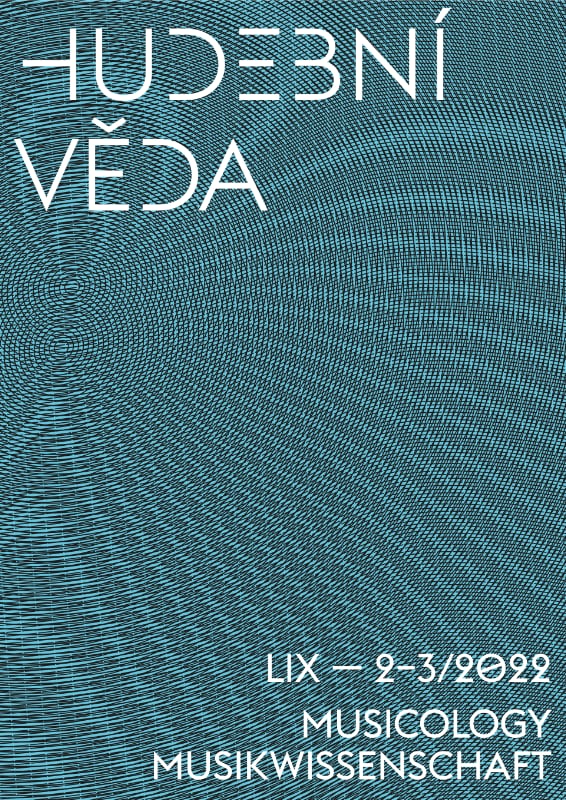Článek | Article
Autor:
Miroslav Michela
Název:
Punk and Oi! Rebellion? Music and Commodification of the Youth Subcultures in Czechoslovakia at the Turn of the 1980–90s
Variantní název:
Punk a oi! Rebelie? Hudba a komodifikace subkultur mládeže v Československu na přelomu osmdesátých a devadesátých let 20. století
Zdrojový dokument:
Hudební věda LIX (2022), č. 2–3, s. 315–347.
DOI:
https://doi.org/10.54759/MUSICOLOGY-2022-0204
Trvalý odkaz:
https://kramerius.lib.cas.cz/uuid/uuid:7c43c3db-7f92-455d-b0d2-f16bd50e3309
English summary:
The paper aims to convey why there was an increased interest in punk music and related genres that became part of the mainstream in 1990, and the specifics of such popularity, by studying the transformation of the perception of punk music and related genres in the historical and social perspective. The paper elaborates on the theory that the boundaries between alternative creation and mainstream were more fluid at the turn of the 1980s and 1990s. For a short time, punk moved from the very edge to the centre of the music industry and become the focus of interest by mainstream media. The paper also brings forth some arguments why it was only a short phase. It points to the place of workers’ pub anti-aesthetics as an important cultural figure influencing the socialization of the generation of the “Husak’s Children”. What were the expert reflections of this music production, for example, in the form of music reviews released by official publishing houses? What role did the generational and class identifications of individual artists, music publicists, and fans play in the reception of punk? The research is based primarily on the analysis of official and unofficial music journalism, but also on interviews with the people involved.
České resumé:
Cílem předkládaného textu je na základě studia proměn vnímání punkové hudby a příbuzných žánrů v historicko-společenské perspektivě interpretovat, proč v roce 1990 došlo k nárůstu zájmu o punkovou hudbu a příbuzné žánry, které se staly součástí hlavního mainstreamu, resp. jaká specifika měla tato popularita. Studie vychází z hypotézy, že na přelomu osmdesátých a devadesátých let 20. století byly hranice mezi alternativní tvorbou a mainstreamem pohyblivější. Punk se tak na krátkou dobu dostal ze samého okraje do centra zájmu hudebního průmyslu a mainstreamových médií. Studie také předkládá argumenty, proč se jednalo pouze o krátkou fázi. Poukazuje na místo dělnicko-hospodské anti-estetiky jako důležité kulturní figury ovlivňující socializaci generace tzv. husákových dětí. Jaké byly odborné reflexe této hudební produkce, např. v podobě hudebních recenzí nahrávek vydaných v oficiálních vydavatelstvích? Jakou roli hrála v recepci punku generační a třídní identifikace jednotlivých interpretů, hudebních publicistů a fanoušků? Výzkum je založen především na analýze oficiální a neoficiální hudební publicistiky, ale také na rozhovorech s aktéry.
Keywords:
Czechoslovakia; punk rock; skinheads; hardcore; music labels; music reviews; mainstream; alternative culture; socio-cultural aspects of transition
Klíčová slova:
Československo; punk rock; skinheads; hardcore; hudební vydavatelství; hudební recenze; mainstream; alternativní kultura; socio-kulturní aspekty tranzice
Slovenské znění článku [PDF]
